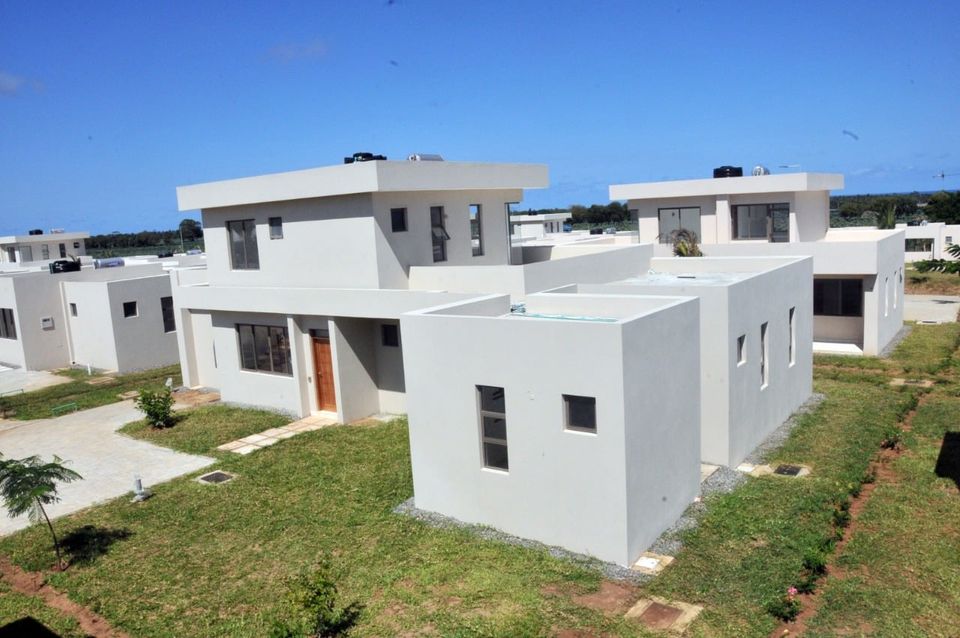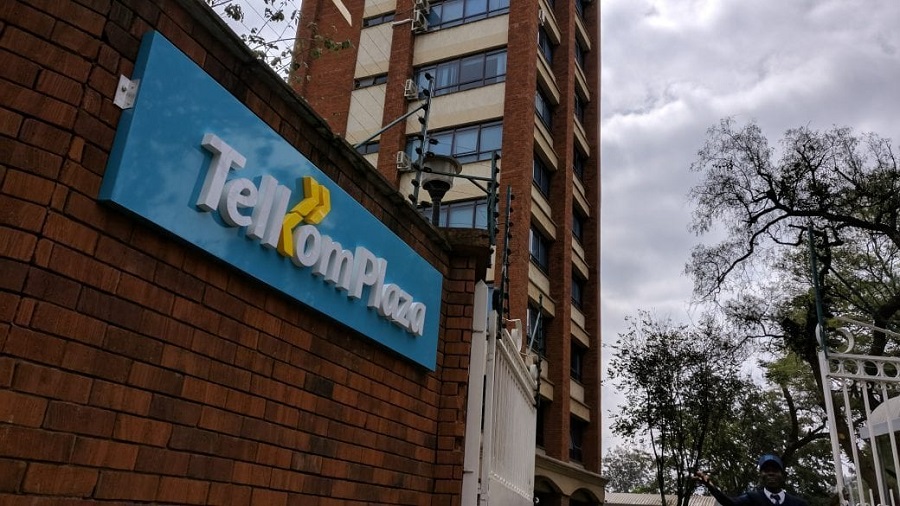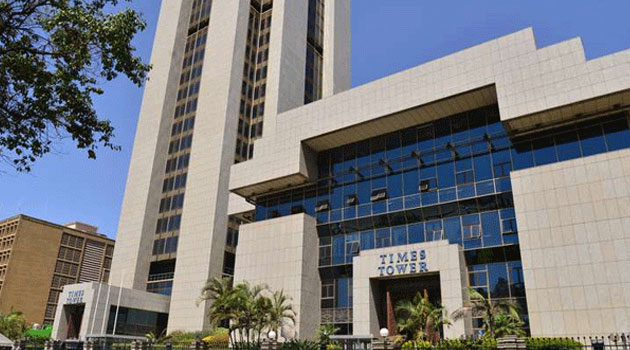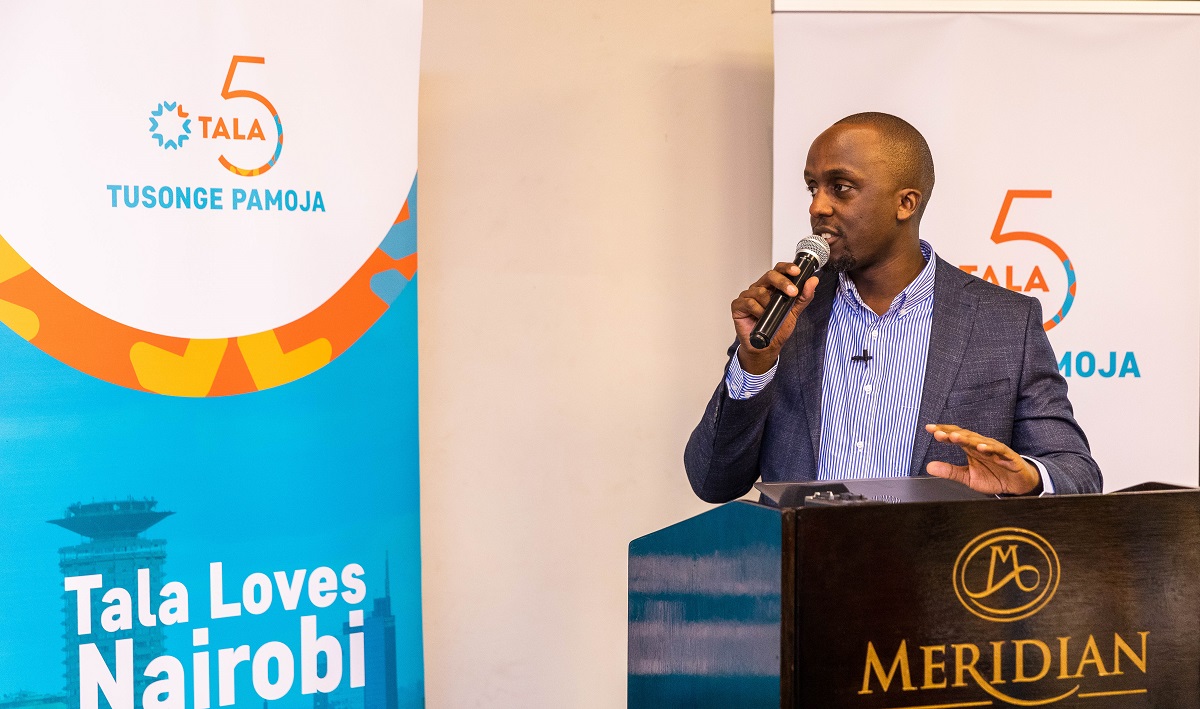Centum Real Estate, a subsidiary of NSE-listed Centum Investment Company Plc, on Tuesday, October 27 announced plans to issue a Ksh4 billion project bond.
In a statement sent to newsrooms, Centum confirmed that the floatation was meant to finance ongoing construction of its affordable, middle-income and high-end housing projects in Kenya.
The bond is to be issued ‘within the next few weeks’ and will not reflect on the books of Centum Real Estate’s parent company.
Investors who purchase the bond will have the option of investing in an equity-linked component.
It is a 3-year, zero coupon bond to be issued at a discount rate on the 3-year Treasury bond, plus a market-determined margin. Importantly, if the bond is oversubscribed, Centum Real Estate will have the green shoe option of taking up to Ksh2 billion more.

The bond, to be listed on the Nairobi Securities Exchange ‘on a later date’, will be secured by the projects as customer deposits will be flowing into a sinking fund.
READ>>>>>Centum Sh1.2bn Housing Project Whets Investors’ Appetite
According to Centum Real Estate Managing Director Samuel Kariuki, the sinking fund is meant to protect bond holders’ funds.
Of 4,426 residential units in Centum Real Estate’s approved project pipeline, 2,000 units are either under construction or pre-selling.
“We have a receivable of KES 6.8 billion from the sold units, which more than covers the bond redemption value. The bond is therefore a bridging finance solution to finance the construction of the presold units,” Kariuki revealed.
Centum Real Estate is the holding company for Centum Investment’s Vipingo Development Limited in the Kenyan Coast, Pearl Marina Estates Limited in Uganda, Uhuru Heights Limited in Nairobi and Centum Development Kenya Limited.
In line with its strategy of maintaining a debt-free balance sheet, Centum Investment earlier in 2020 paid off all its long term debts worth Ksh13.5 billion.
While its subsidiaries are allowed to borrow money to finance various projects, the debt is to be backed by their own assets and expected cash flows from the projects.



















































![Pula Co-Founders and Co-CEOs, Rose Goslinga & Thomas Njeru. Pula provides agricultural insurance and digital products to help smallholder farmers manage climate risks, improve farming practices and increase their incomes. [ Photo / Courtesy ]](https://businesstoday.co.ke/wp-content/uploads/2021/01/Pula-Co-Founders-and-Co-CEOs-Thomas-Njeru-Rose-Goslinga.jpg)



























































Leave a comment